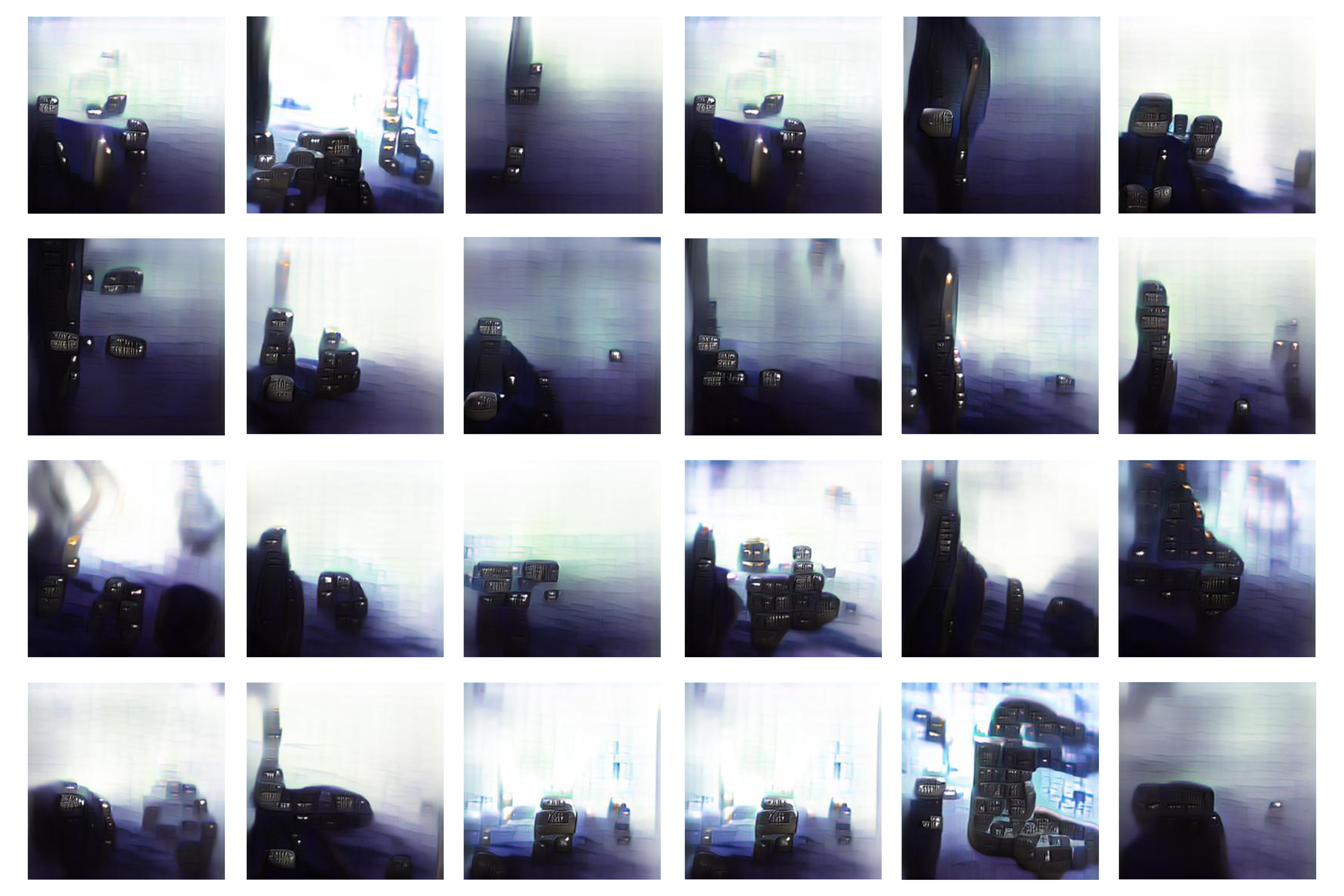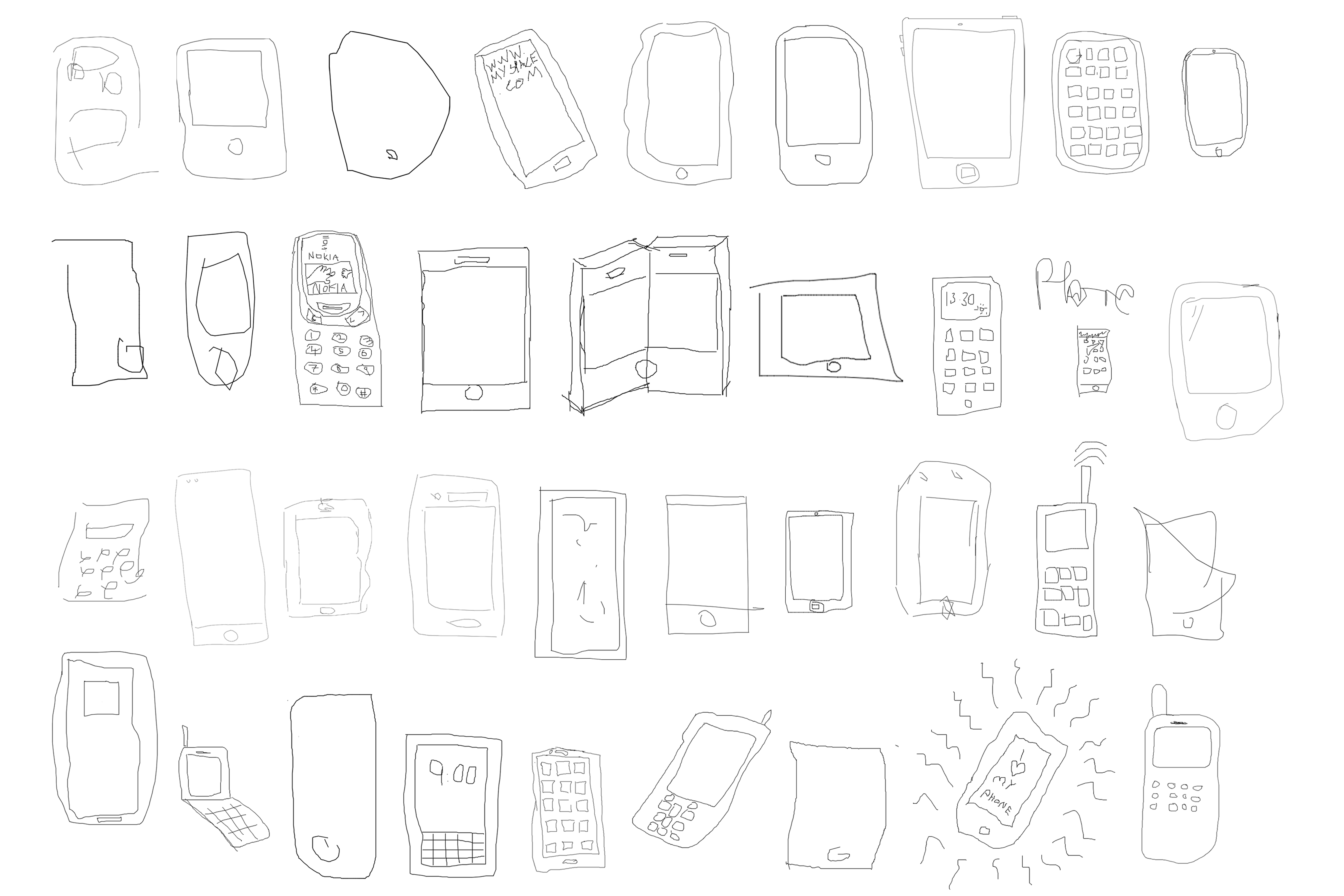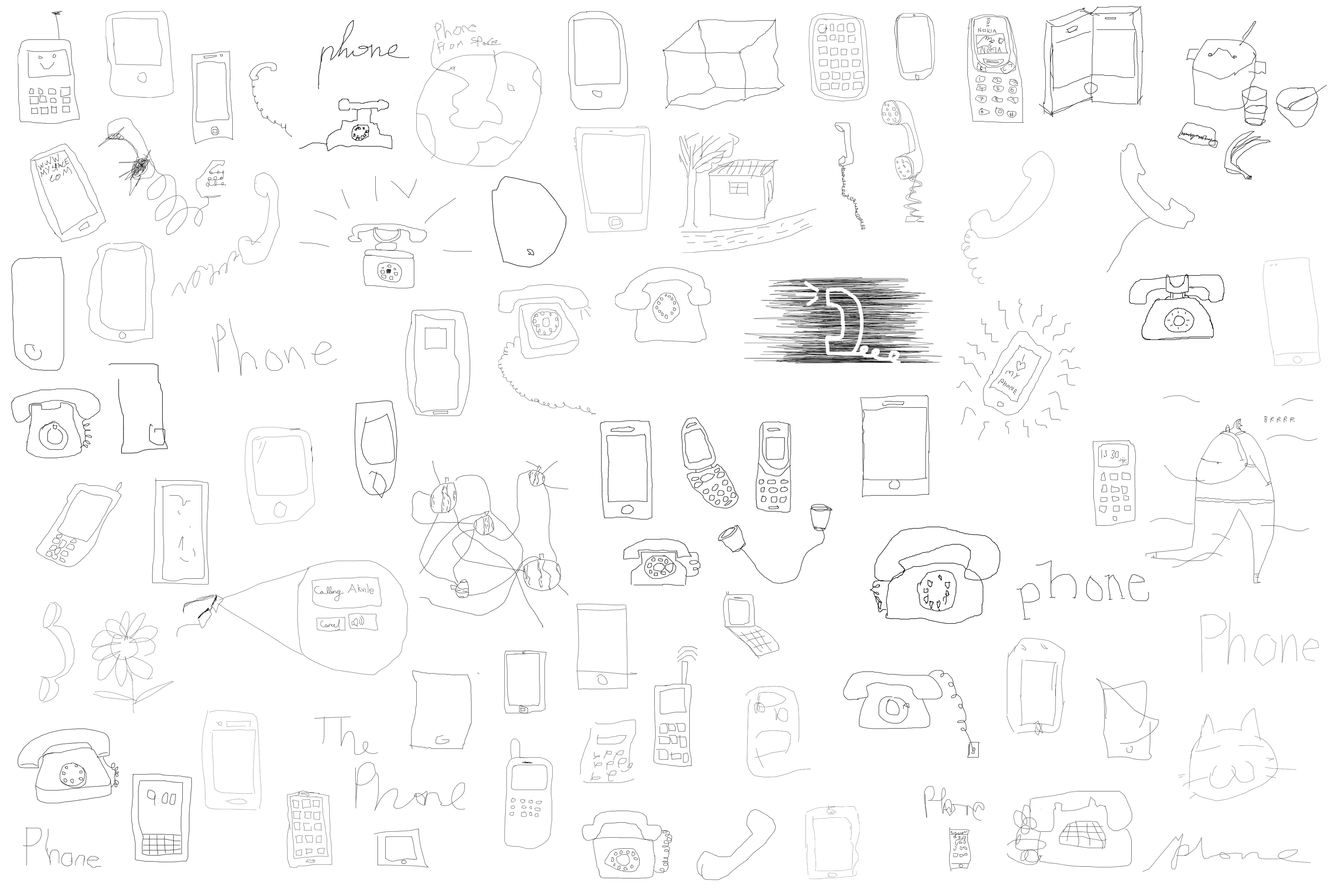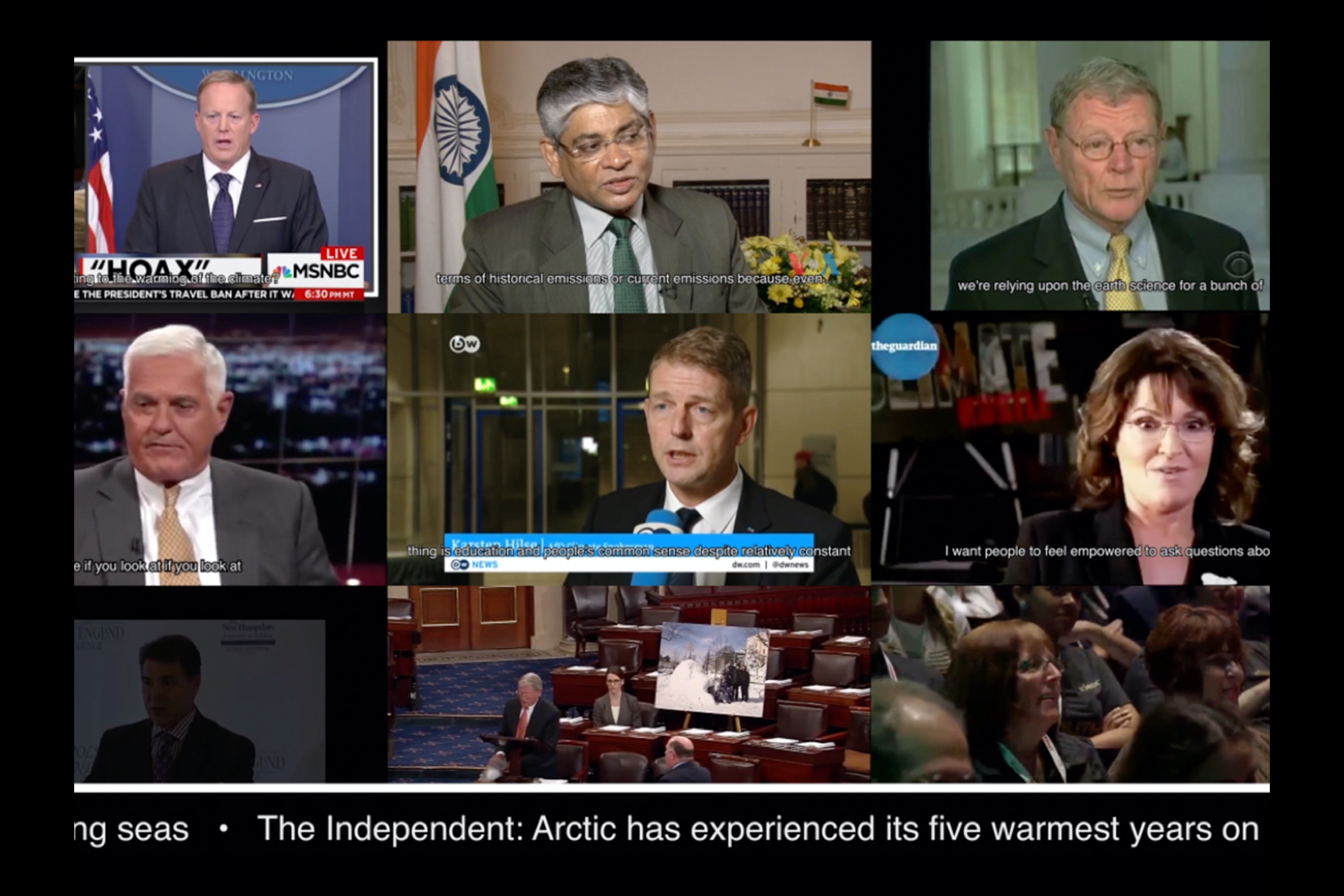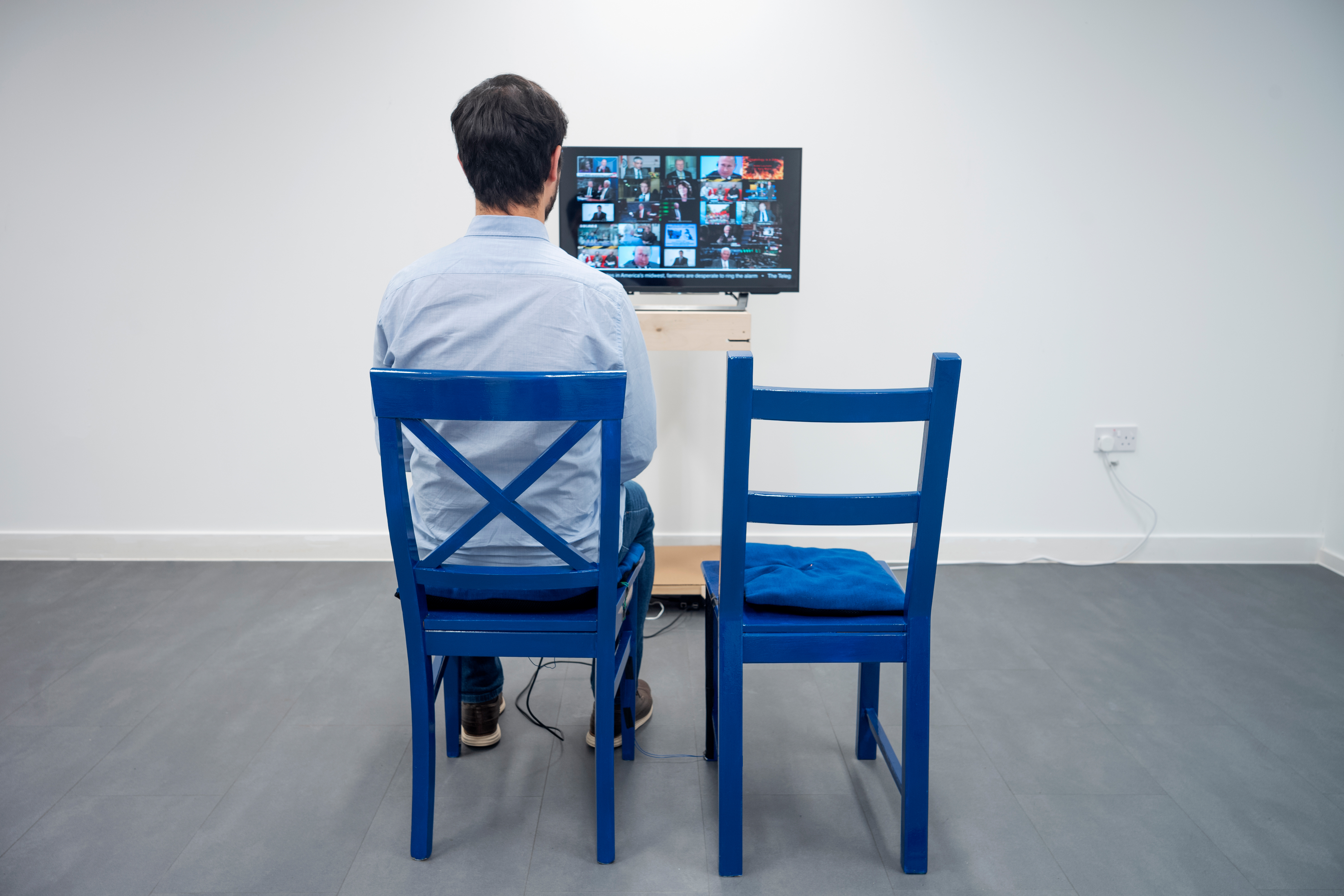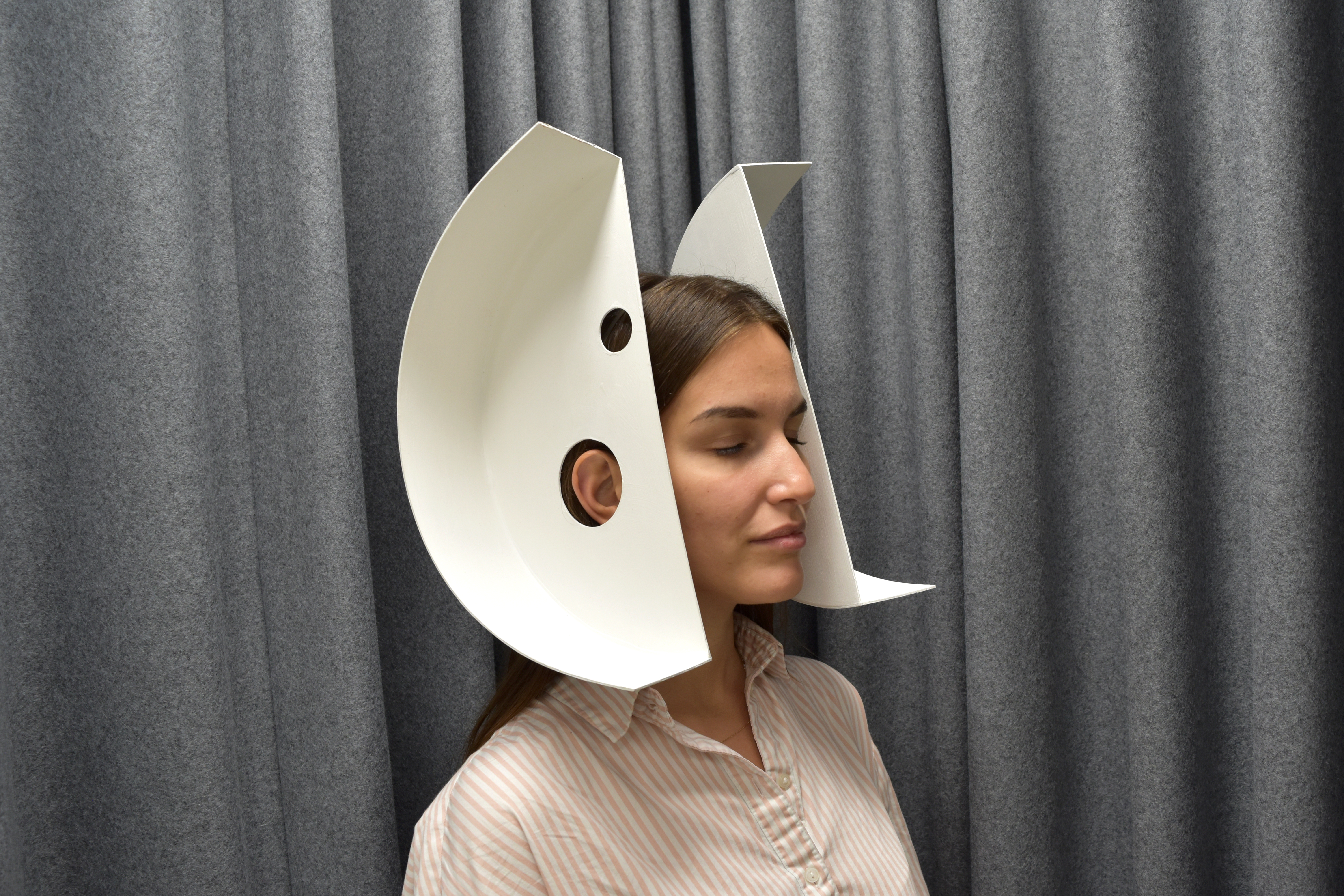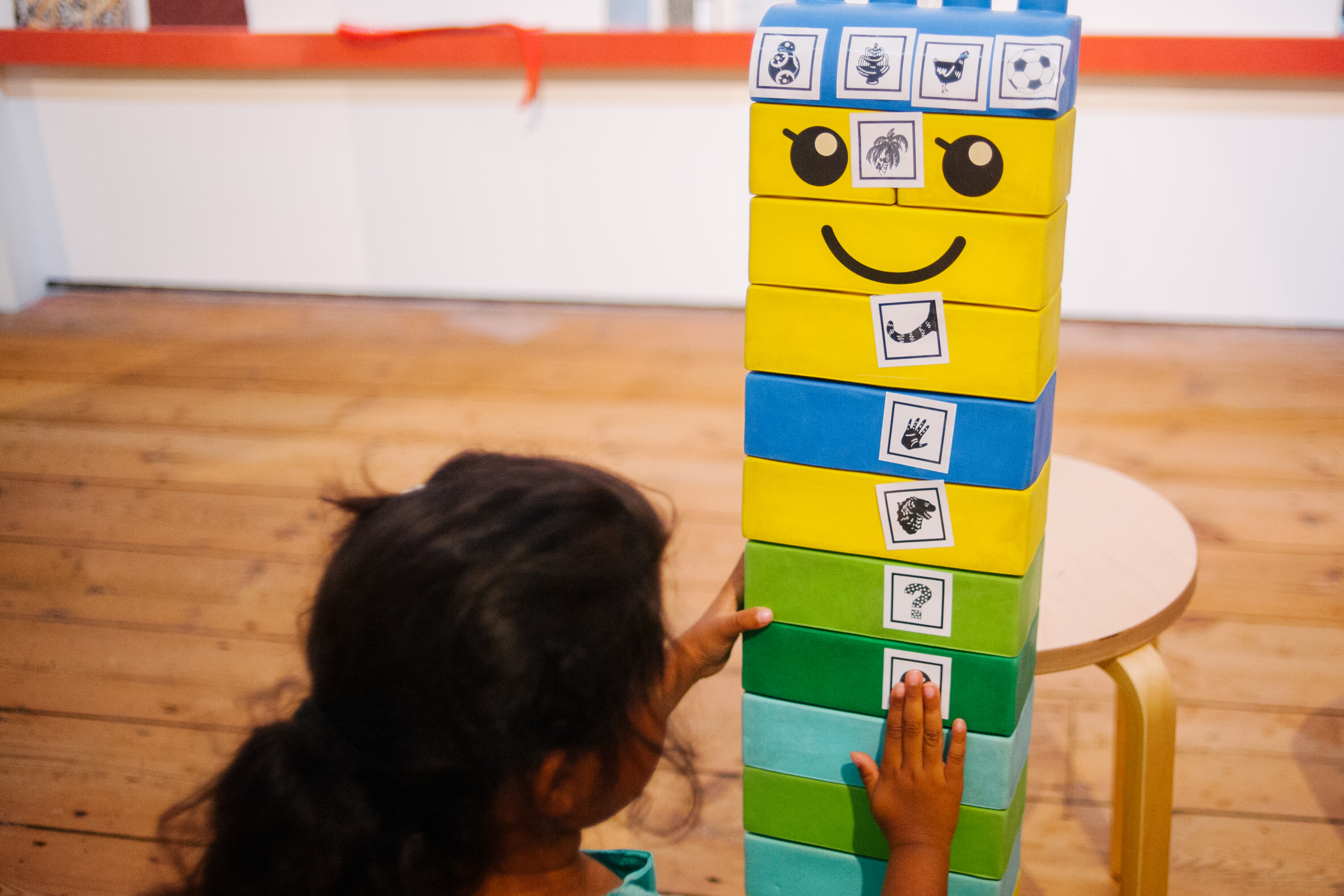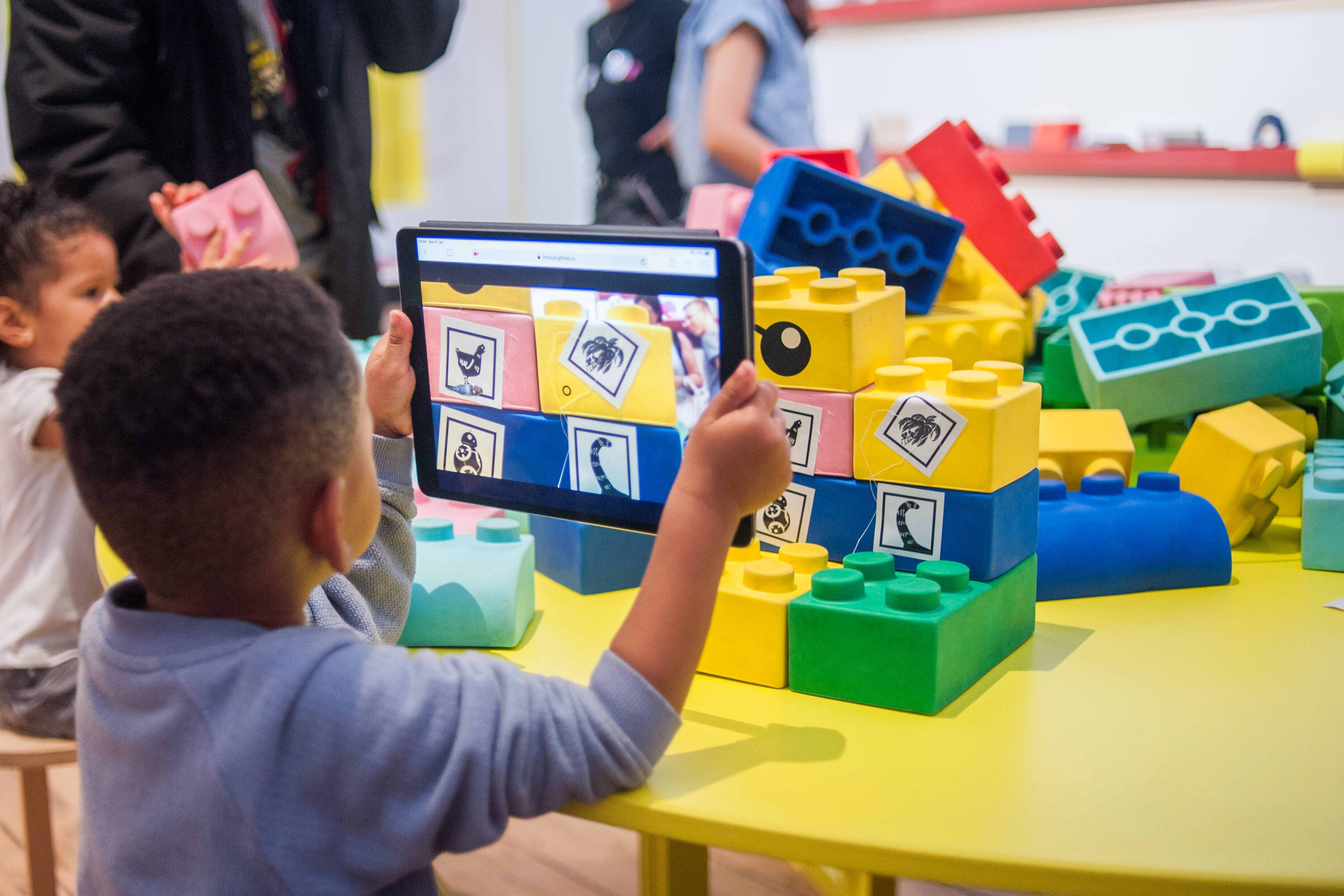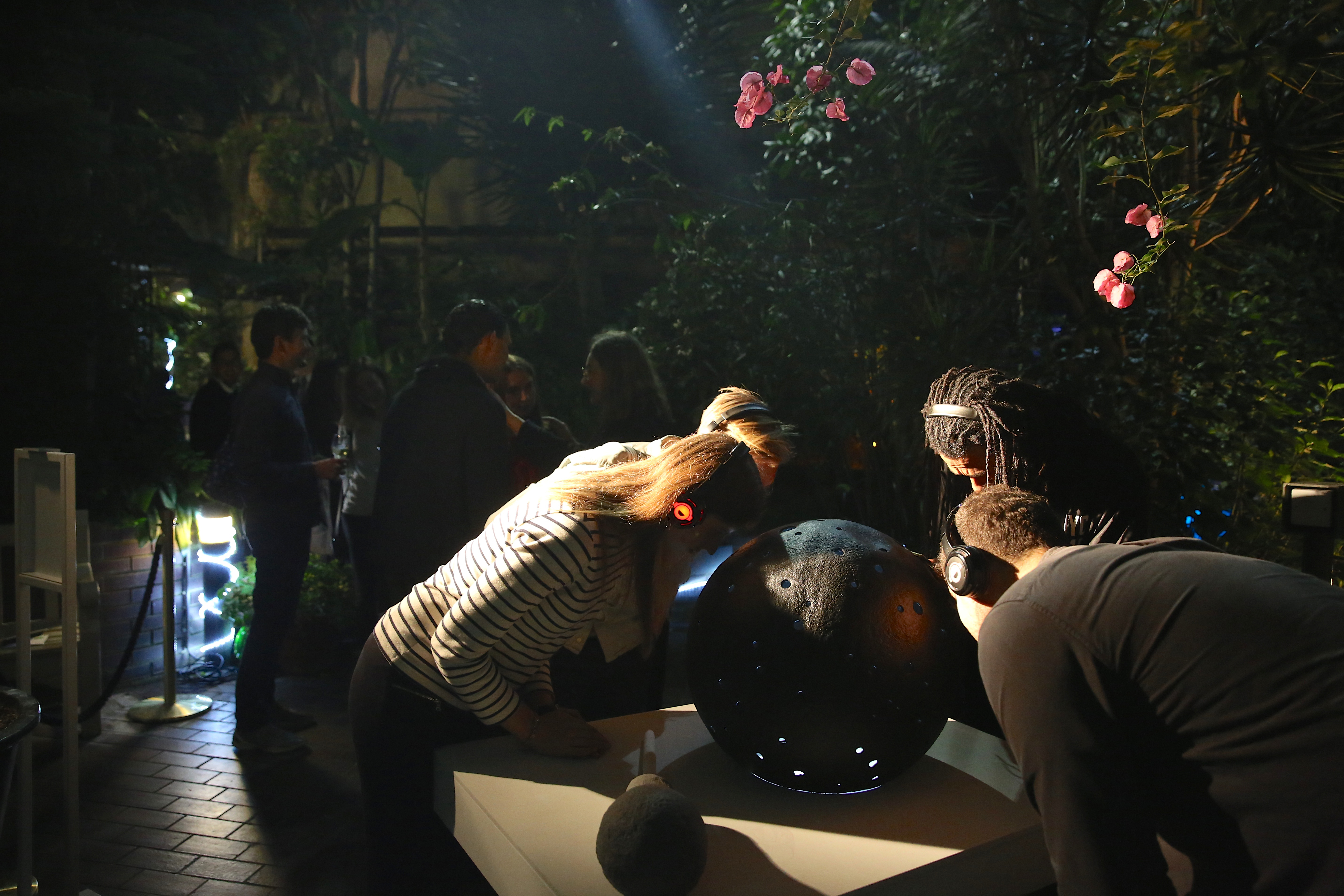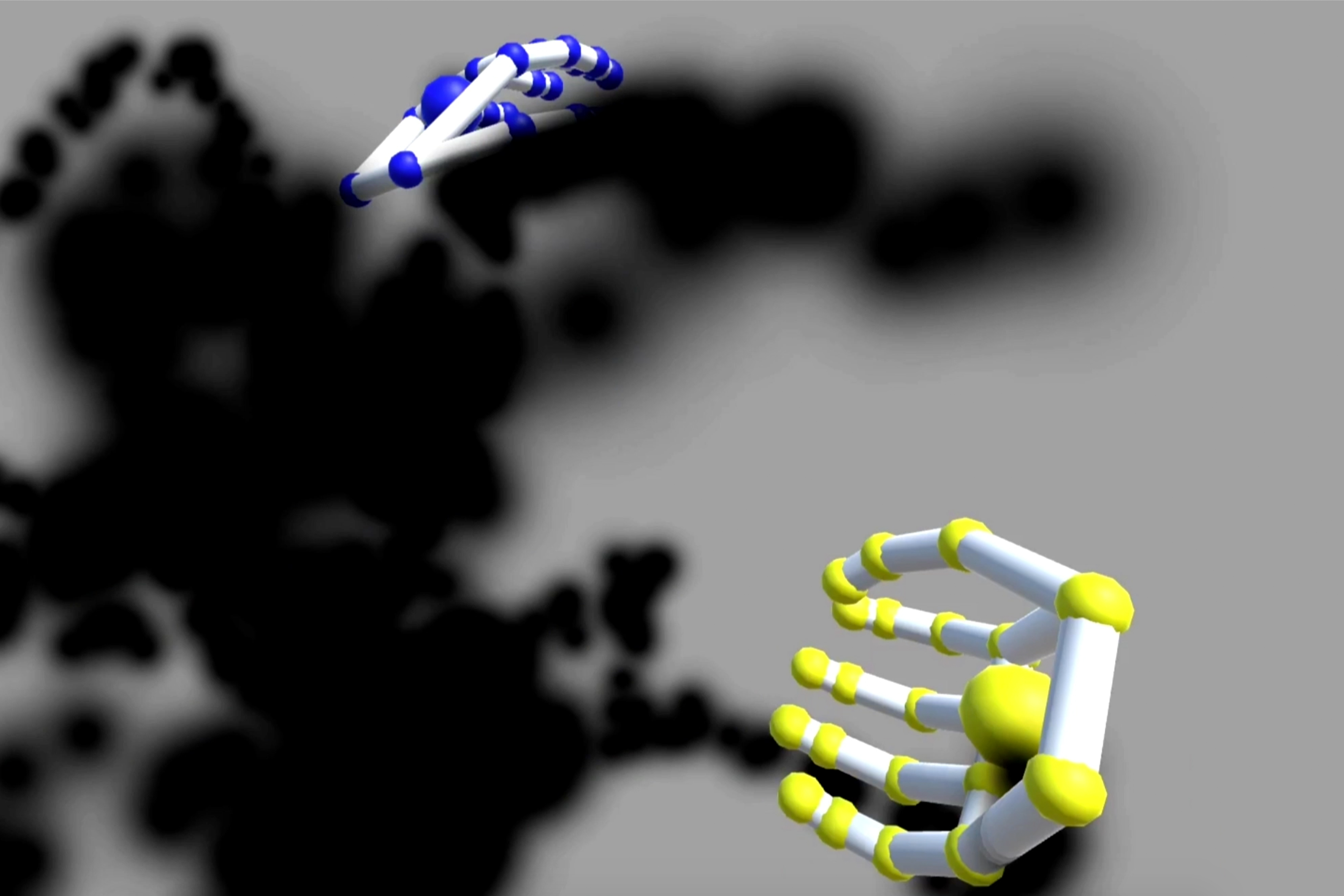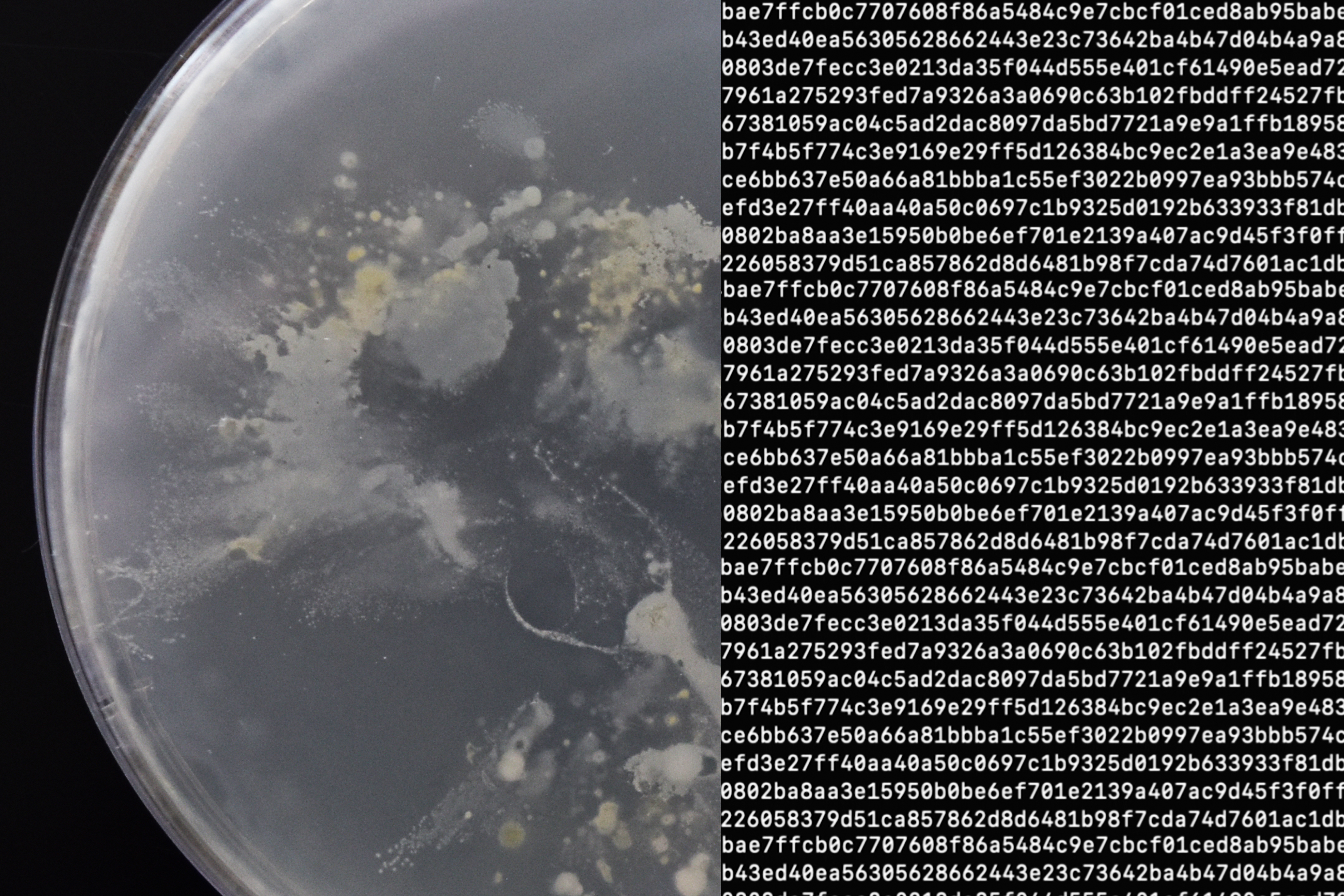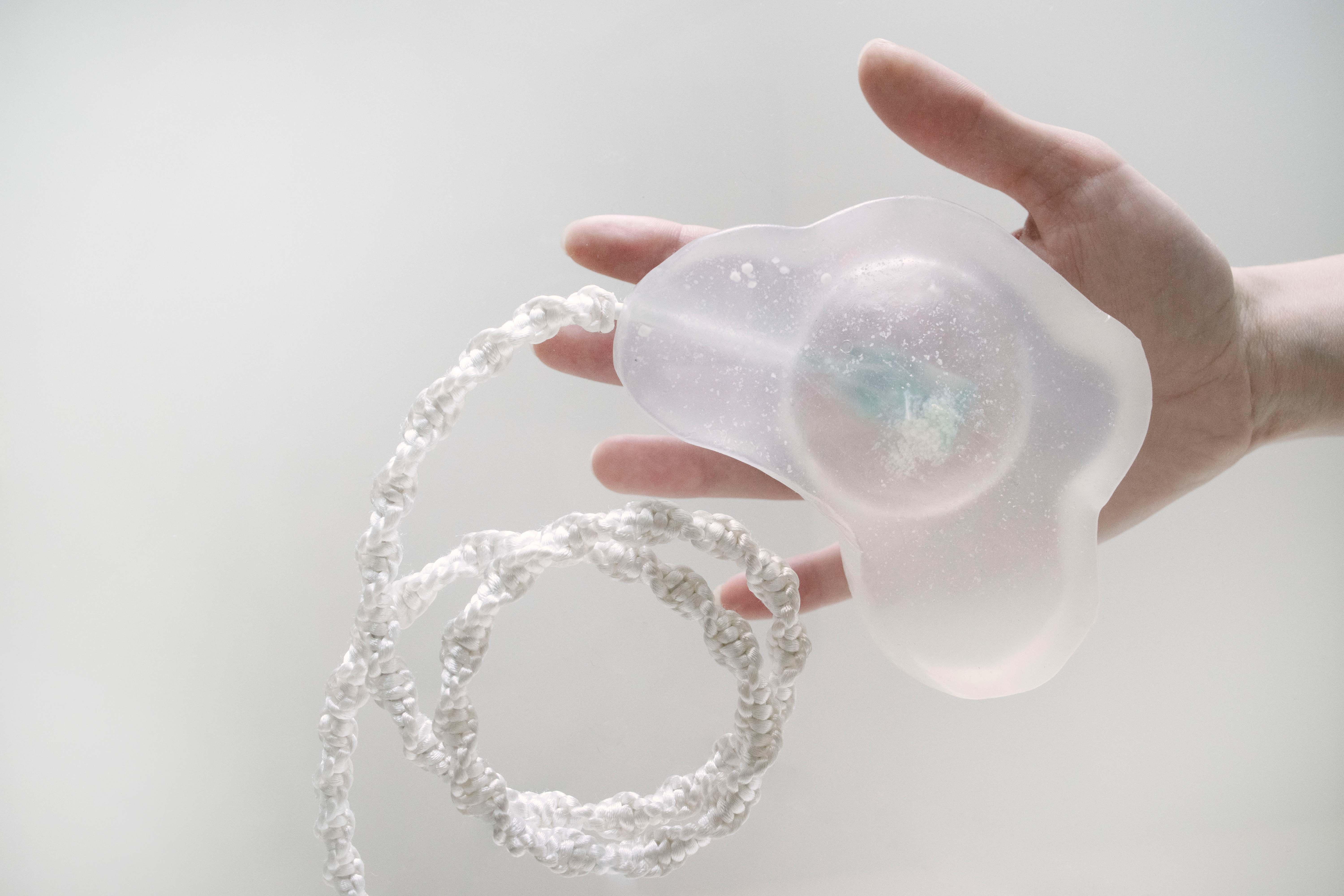RESEARCH
Concept reading and theories
![]()
Nick Sousanis “Unflattening”, 2015

Nick Sousanis “Unflattening”, 2015
DETERMINISTIC COMPUTERS. There are two types of random numbers: pseudo and true random. Unless it is by chance, a true random number is a sequence of numbers or symbols that cannot be predicted.
These numbers can be found in physical phenomena such as atmospheric noise or decay of radioactive elements (which is not necessarily easily available or known to people outside programming community). They are nondeterministic and cannot be reproduced.
Pseudo-random numbers, on the other hand, can be generated by a computer. Because computers are deterministic and can never truly do anything random, the numbers they generate are mathematical formulae or pre-calculated lists.
The number chosen to cryptographically secure an online communication is treated like a key or a password and has to be kept secret at all costs. Because of the deterministic nature of pseudo-random numbers, knowing the source for the generator can be used to calculate or predict the sequence therefore revealing the key or the password.
Having this key one is able to decrypt the messages that were encrypted with this number. Therefore, true random numbers are crucial in securing all online communications, from bank transactions to emails.
These numbers can be found in physical phenomena such as atmospheric noise or decay of radioactive elements (which is not necessarily easily available or known to people outside programming community). They are nondeterministic and cannot be reproduced.
Pseudo-random numbers, on the other hand, can be generated by a computer. Because computers are deterministic and can never truly do anything random, the numbers they generate are mathematical formulae or pre-calculated lists.
The number chosen to cryptographically secure an online communication is treated like a key or a password and has to be kept secret at all costs. Because of the deterministic nature of pseudo-random numbers, knowing the source for the generator can be used to calculate or predict the sequence therefore revealing the key or the password.
Having this key one is able to decrypt the messages that were encrypted with this number. Therefore, true random numbers are crucial in securing all online communications, from bank transactions to emails.
CHAOTIC HUMANS. Leah Kelly’s article talks about understanding “self” through the microcosms of bacteria, which lead me to discover human hand microbiome to be a source of chaos.
Combining the following knowledge:
Kelly, L., 2016. Self of Sense. In: C. Jones, D. Mather and R. Uchill, ed., Experience. Cambridge: MIT Press, pp.205 - 212.
Haahr, M., 2020. RANDOM.ORG - True Random Number Service. [online] Random.org. Available at: <https://www.random.org/> [Accessed 29 May 2020].
Edmonds-Wilson, S., Nurinova, N., Zapka, C., Fierer, N. and Wilson, M., 2015. Review of human hand microbiome research. Journal of Dermatological Science, 80(1), pp.3-12.
Combining the following knowledge:
- Everyone has a unique fluctuating hand microbiome
- True random numbers can be found in non deterministic systems
Kelly, L., 2016. Self of Sense. In: C. Jones, D. Mather and R. Uchill, ed., Experience. Cambridge: MIT Press, pp.205 - 212.
Haahr, M., 2020. RANDOM.ORG - True Random Number Service. [online] Random.org. Available at: <https://www.random.org/> [Accessed 29 May 2020].
Edmonds-Wilson, S., Nurinova, N., Zapka, C., Fierer, N. and Wilson, M., 2015. Review of human hand microbiome research. Journal of Dermatological Science, 80(1), pp.3-12.

Adams, S., 2001. [image] Available at:
Concept tests
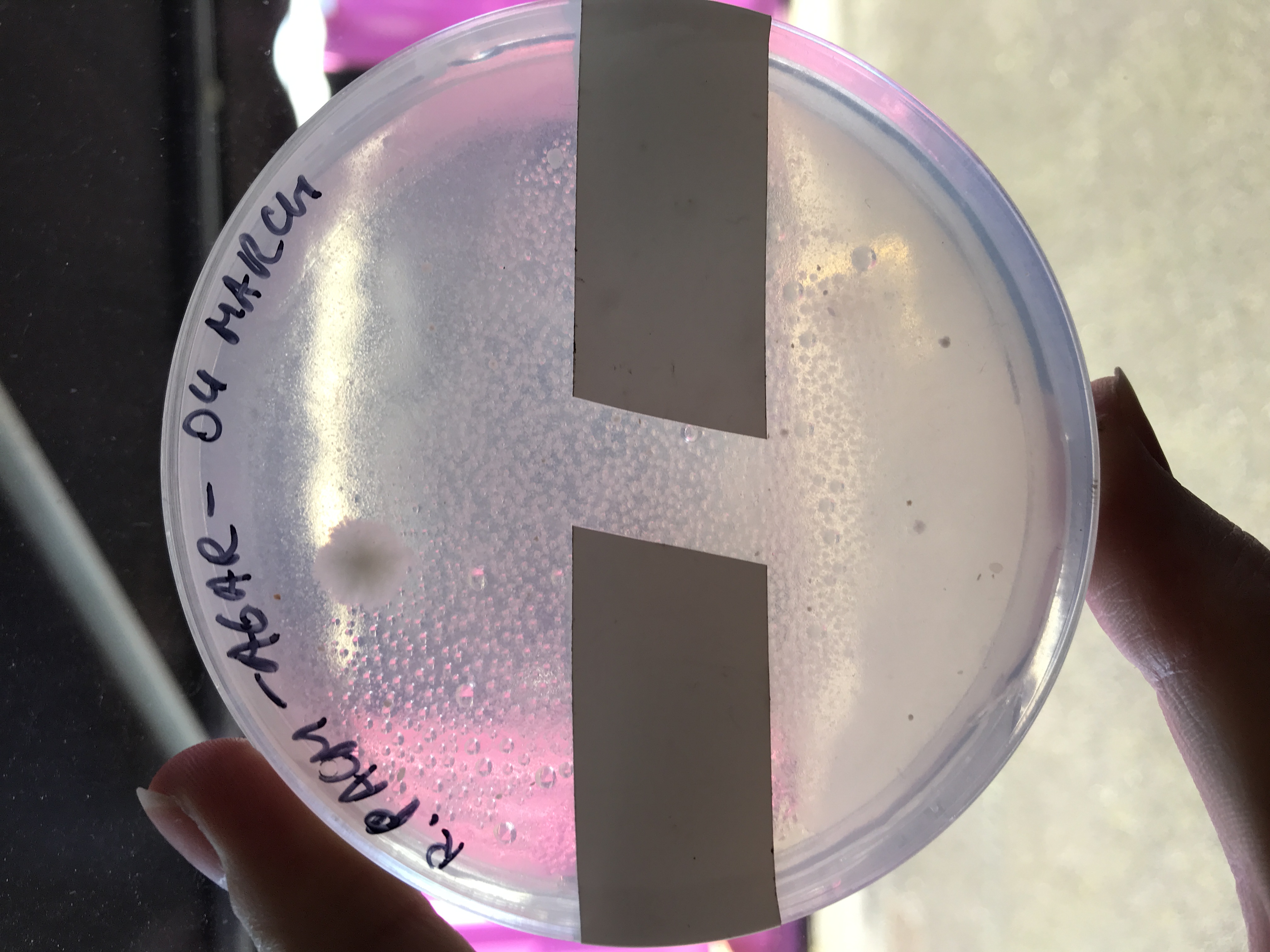
To see if this idea could work I collaborated with Open Cell organisation and a programmer. Due to COVID-19 pandemic further microbiology tests had to be cancelled. However, I learnt the processes required of cultivation and carried on with drawings and found images of bacteria.
Image on the left is a picture of my first experiment at Open Cell testing different substrates.
If true random numbers’ success relies on unpredictable sources, then culturing bacteria should be a viable option, since the process is influenced by many variables. For example, a person interested in getting a true random from this source would be able to choose which part of the hand they wish to imprint on the petri dish. Furthermore, type of bacteria cultivated in the incubator will rely on the person’s fluctuating microbiome, substrate used, temperature and lighting when taking a picture of the petri dish - all of which is hard is hard to predict.
Image on the left is a picture of my first experiment at Open Cell testing different substrates.
If true random numbers’ success relies on unpredictable sources, then culturing bacteria should be a viable option, since the process is influenced by many variables. For example, a person interested in getting a true random from this source would be able to choose which part of the hand they wish to imprint on the petri dish. Furthermore, type of bacteria cultivated in the incubator will rely on the person’s fluctuating microbiome, substrate used, temperature and lighting when taking a picture of the petri dish - all of which is hard is hard to predict.

How an image becomes a key pair
Runing a hashing test with found and edited images of cultivated bacteria image source: Sturm, T., 2018. [image] Available at: <https://twitter.com/tasturm1/status/972991504678502400/photo/1> [Accessed 29 May 2020]
How an image of cultivated bacteria becomes a key pair used for cryptographic purposes:
A cryptographic programme asks for a random number from a system or a computer. The system/ computer takes an image of cultivated bacteria and passes it onto a programme that carries out the hashing (maps the image to a number). This programme generates a true random number and sends it back to the cryptographic programme. The cryptographic programme will use the random number for cryptographic purposes for example to generate a key pair to encrypt and decrypt information.
A cryptographic programme asks for a random number from a system or a computer. The system/ computer takes an image of cultivated bacteria and passes it onto a programme that carries out the hashing (maps the image to a number). This programme generates a true random number and sends it back to the cryptographic programme. The cryptographic programme will use the random number for cryptographic purposes for example to generate a key pair to encrypt and decrypt information.
Through the process of drawing graphs and reflecting on C. Shannon’s
“Communication Theory” and D. Kolb “Experiential Learning Cycle”, I started thinking about how to structure all this information into an experience for an audience that engages with learning through hands-on activities and may or may come from a programming backrgound.



Material research reading
“To know something is to impregnate the senses with an inspirational, vital, exciting experience.“ K. Hara Designing Design, 2017
“The properties of materials, then, are not fixed attributes of matter but are prossesual and relational. To describe these properties means to tell their stories.” T. Ingold “Materials Against Materiality”, 2007
“To know something is to impregnate the senses with an inspirational, vital, exciting experience.“ K. Hara Designing Design, 2017
“The properties of materials, then, are not fixed attributes of matter but are prossesual and relational. To describe these properties means to tell their stories.” T. Ingold “Materials Against Materiality”, 2007
Artistic influences

